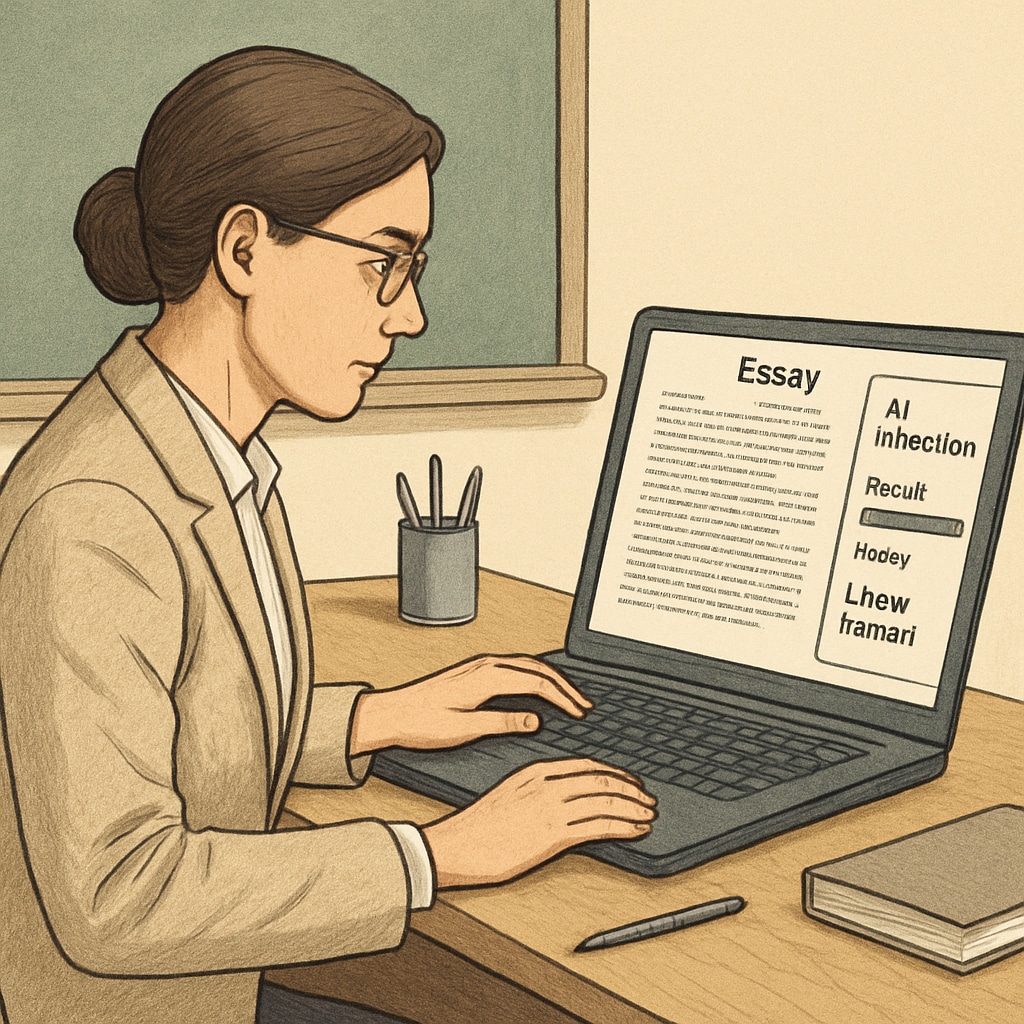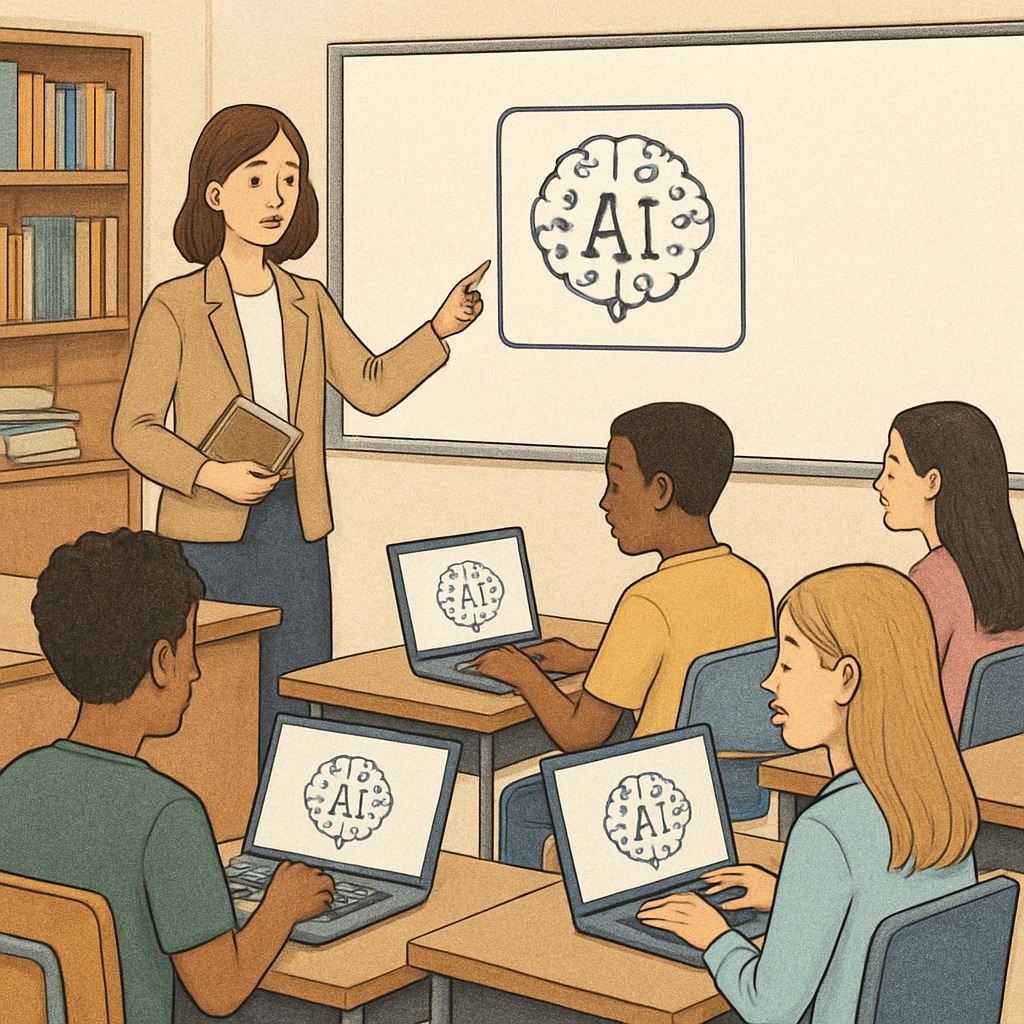The increasing use of AI tools in education has sparked debates on “AI in education,” particularly concerning academic integrity and detection tools. As students in K12 schools gain access to advanced AI-powered platforms for completing assignments, educators face unprecedented challenges in ensuring authentic learning experiences. This article delves into the implications of AI tools on academic integrity, examines the limitations of current detection systems, and provides actionable strategies for educators to address these evolving concerns.
Understanding the Impact of AI Tools on Academic Integrity
Artificial intelligence tools, such as ChatGPT and AI-based essay generators, have become increasingly popular among students. These tools can produce complex written assignments, solve math problems, and generate creative works with remarkable precision. While AI offers tremendous potential to enhance learning, it also raises questions about the authenticity of student work. For example, assignments completed by AI may not reflect a student’s understanding or effort, undermining the educational process.
Moreover, reliance on AI tools may hinder critical thinking and problem-solving skills, which are essential for long-term academic and personal development. Educators must not only adapt to this technological shift but also ensure that students remain engaged in authentic learning practices.

The Limitations of Current Detection Tools
Detecting AI-generated work is one of the most pressing challenges in maintaining academic integrity. While several AI detection tools are available, such as plagiarism checkers and AI-text analyzers, they often fall short in accurately identifying content produced by advanced AI systems. These tools struggle to differentiate between human-written and AI-generated text, especially when the AI output has been edited or customized by the user.
Additionally, detection tools can lead to false positives, unfairly penalizing students for legitimately original work. This creates a dilemma for educators who aim to uphold fairness while addressing concerns about AI misuse. For example, Britannica’s overview of artificial intelligence highlights the rapid advancements in AI models, which often outpace the development of detection technologies.
Given these limitations, educators must look beyond detection tools and focus on preventative measures and awareness to address the issue comprehensively.

Practical Strategies for Balancing Innovation and Integrity
To effectively manage the challenges posed by AI tools in education, K12 schools can implement the following strategies:
- Promote Ethical Use of AI: Educators should teach students about the ethical implications of using AI tools. This includes discussions on academic honesty and the importance of original work.
- Focus on Skill Development: Design assignments and activities that prioritize critical thinking, creativity, and problem-solving, making it less feasible for AI tools to replace authentic efforts.
- Integrate AI Literacy: Incorporate lessons on AI technology to help students understand its benefits and limitations, fostering a balanced approach to its usage.
- Use Detection Tools Judiciously: Employ AI detection software as one part of a broader strategy, ensuring fairness and accuracy in evaluations.
- Encourage Open Dialogue: Create a culture of trust where students feel comfortable discussing their use of AI tools, enabling educators to provide guidance without punitive measures.
These strategies can help educators and students navigate the complexities of AI integration while preserving academic integrity. For more insights, read about educational technology on Wikipedia.
As AI continues to evolve, educators must remain proactive in addressing its implications. The key lies in striking a balance between embracing technological innovation and ensuring that learning remains authentic, meaningful, and ethical.
Readability guidance: Use concise paragraphs, bullet points for clarity, and transition words to improve flow. Avoid excessive passive voice and overly technical jargon to ensure accessibility for a broad audience.


